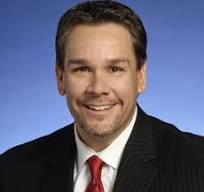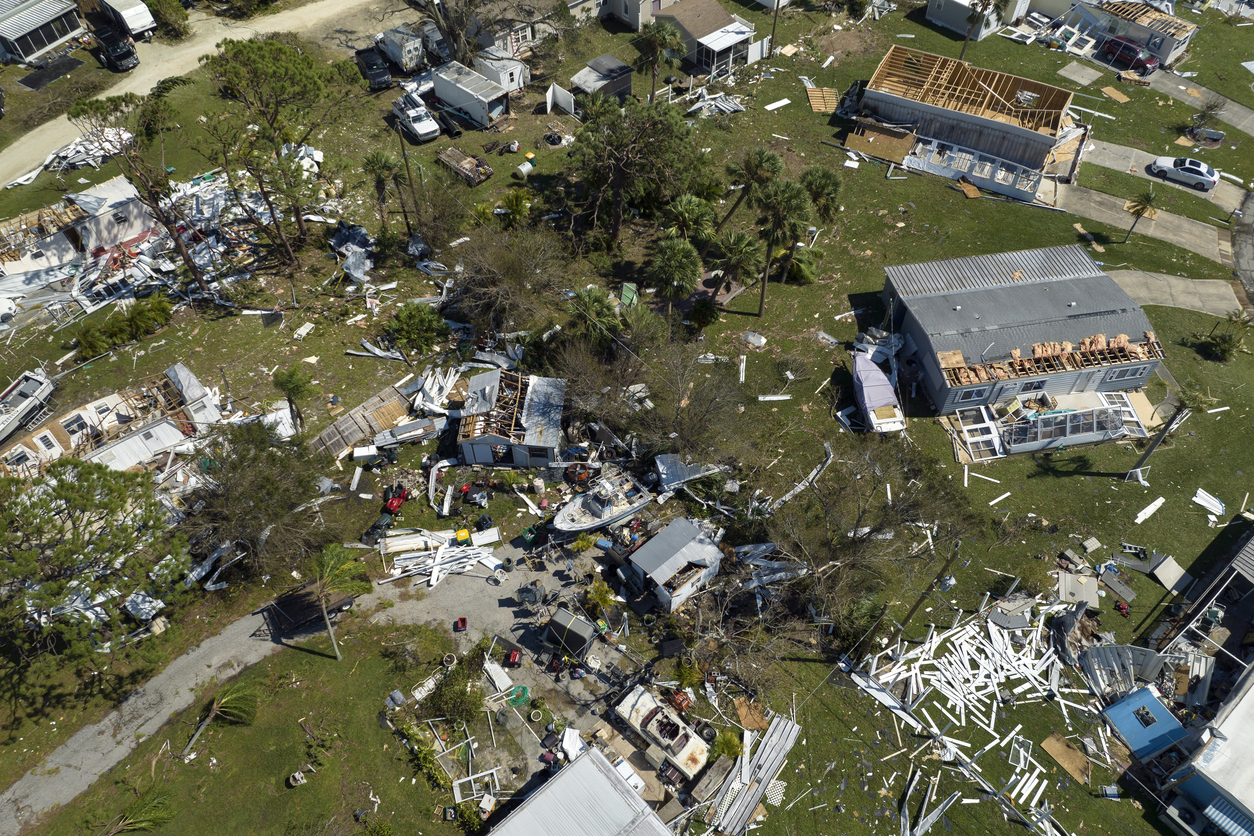This is the second blog post in a 2-part series. Part 1 can be found here.
While Treasury’s transition was seamless, our response to the tornado damage was still impacted by COVID-19 restrictions. Our contractors faced challenges with the breakdown of supply chains and labor shortages, leading to excessive cost increases for building materials, labor, and construction in the last quarter of 2020. These issues impacted repair costs by roughly 15-30%.
The largest issue the State of Tennessee experienced due to COVID-19 was the hardening of property and cyber insurance markets. With lower interest rates and earnings in 2021, markets feared some insured lines would become uneconomical to write. The perceived uncertainties caused by the pandemic, along with wildfires and hurricanes, resulted in increased insurance rates for Property, Director & Officer, Cyber, and Umbrella/Excess Liability markets. The insurance market increases created significant financial impacts and non-renewals for governmental entities. The State of Tennessee experienced extremely high property renewal rates and received notice of a non-renewal status for coverage from the incumbent cyber insurance provider. The financial impact caused by the pandemic pushed the State of Tennessee to form a captive insurance program years earlier than originally planned.
Legislation authorizing the State Treasurer to create a State captive insurance company, with the approval of the Tennessee Board of Claims, was enacted by the Tennessee General Assembly on May 11, 2021. The captive is a separate legal entity, owned and controlled by the State. Administratively attached to the State Treasury, the State of Tennessee Captive Insurance Company is governed by the Board of Claims and regulated by the Tennessee Department of Commerce and Insurance. Officially formed on June 2, 2022, the State Captive has provided direct access to reinsurance markets, allowing the State to reduce overall costs and insure difficult risks.
Today, we see the fears that led insurance markets to raise rates in 2021 were unnecessary. The economics show insurance markets have not experienced extreme financial burdens. However, their concerns and expectations of operational issues for property and casualty markets pushed transformation to reduce manual processes and face-to-face interactions. The pandemic accelerated the emergence of Artificial Intelligence (AI) technology, which is expected to improve customer service, analytics, reporting, underwriting, marketing, invoicing, claims management, risk assessments, emerging or innovating risk management services, and insurance products. Going forward, governmental and non-governmental organizations will expect brokers and insurance carriers to utilize digital tools and platforms to support their needs.
The devastation of both the March 2020 tornados and the COVID-19 pandemic pushed Tennessee from complacency to preparation and action. Governments will continue to face black swan events. What was once considered an “unpredictable event,” beyond a normal expected situation or an extreme infrequency, has now become the norm. Catastrophic occurrences must be managed properly by simply understanding the known risks included in your budgets and reserves and investing in resilient financial portfolios that align with your organization’s business continuity and disaster recovery plans.
Fear creates panic for your organization, with both positive and negative consequences, especially when faced with an unprecedented situation like the COVID-19 pandemic. Engaging with leadership can result in the wisest decision-making during a time of crisis and unearth possibilities that lead to the best solutions.

By: Rodney Escobar
Director, Claim and Risk Management, State of Tennessee Dept. of the Treasury
Bio
Rodney’s work includes the development of a statewide return-to-work program. This began with a successful pilot program with the Tennessee Department of Corrections (TDOC) in 2014 and expansion across the state in 2015, helping position Tennessee as a leader in saving taxpayer dollars, and making health care professional service more readily available for injured workers. Since he was hired in 2013, Rodney has made customer service to the state and its citizens a priority. He has worked with agencies and institutions across the state to assess risk and protect resources. He has worked to implement and improve programs within the division, including the state insurance program, which covers 7,000 state buildings, various works of art, machinery, cyber liabilities and more. Rodney has been the recipient of risk management awards in the past, including the Public Risk Management Association (PRIMA)’s Public Risk Manager of the Year Award in 2017.



